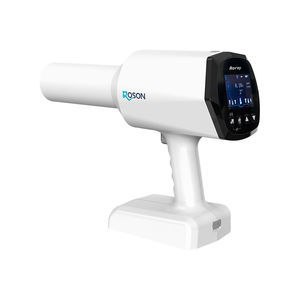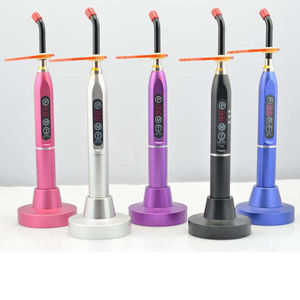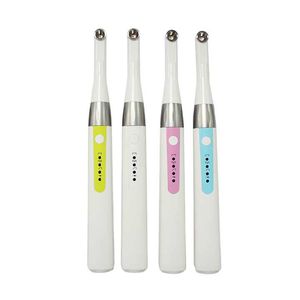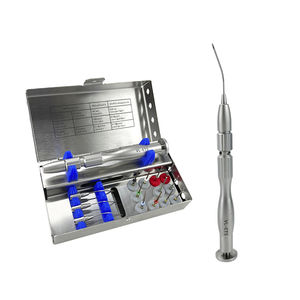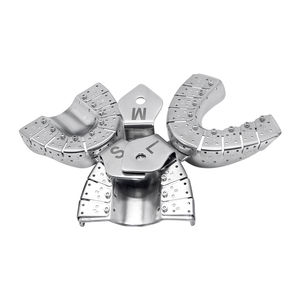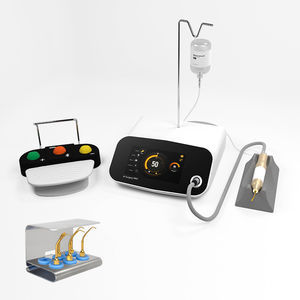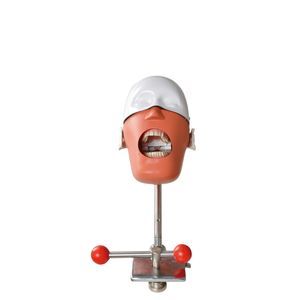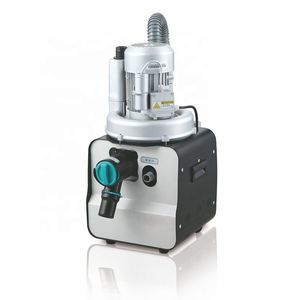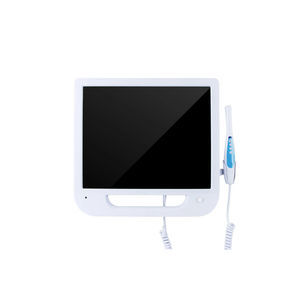
- Dental
- Dental instrument
- LED curing light
- Foshan Roson Medical Instrument

- Company
- Products
- Catalogs
- News & Trends
- Exhibitions
Dental curing light RC131LED
Add to favorites
Compare this product
Characteristics
- Applications
- dental
- Other characteristics
- LED
Description
Dental curing light are indispensable in dental procedures involving composite restorations, bonding, sealants, and other applications where the hardening of materials is necessary for proper dental treatment and longevity of restorations.
Ergonomics and Design: Modern curing lights are designed to be ergonomic, allowing easy handling and maneuverability within the oral cavity. Some have cordless and lightweight designs for improved convenience.
Safety Precautions: Eye protection is crucial for both the patient and the dental staff during the use of curing lights as prolonged exposure to the emitted light can be harmful to the eyes.
Maintenance: Regular maintenance and calibration are necessary to ensure the curing light operates at its optimal performance level. This may involve replacing bulbs (for older models), checking light intensity, and ensuring proper functioning of the device.
LED Curing Lights: Light-Emitting Diode (LED) curing lights are commonly used in dental practices due to their efficiency, durability, and various light intensity settings.
Halogen Curing Lights: These were widely used before LEDs became prevalent. They emit a broad spectrum of light but have been largely replaced by LED lights due to their longer curing times and heat generation.
Wavelength and Power Density: Curing lights emit light in a specific wavelength range (usually around 450-470 nm for blue light). Higher power density and the appropriate wavelength are crucial for adequate polymerization of dental materials.
Catalogs
No catalogs are available for this product.
See all of Foshan Roson Medical Instrument‘s catalogsOther Foshan Roson Medical Instrument products
Dental Equipment
*Prices are pre-tax. They exclude delivery charges and customs duties and do not include additional charges for installation or activation options. Prices are indicative only and may vary by country, with changes to the cost of raw materials and exchange rates.


